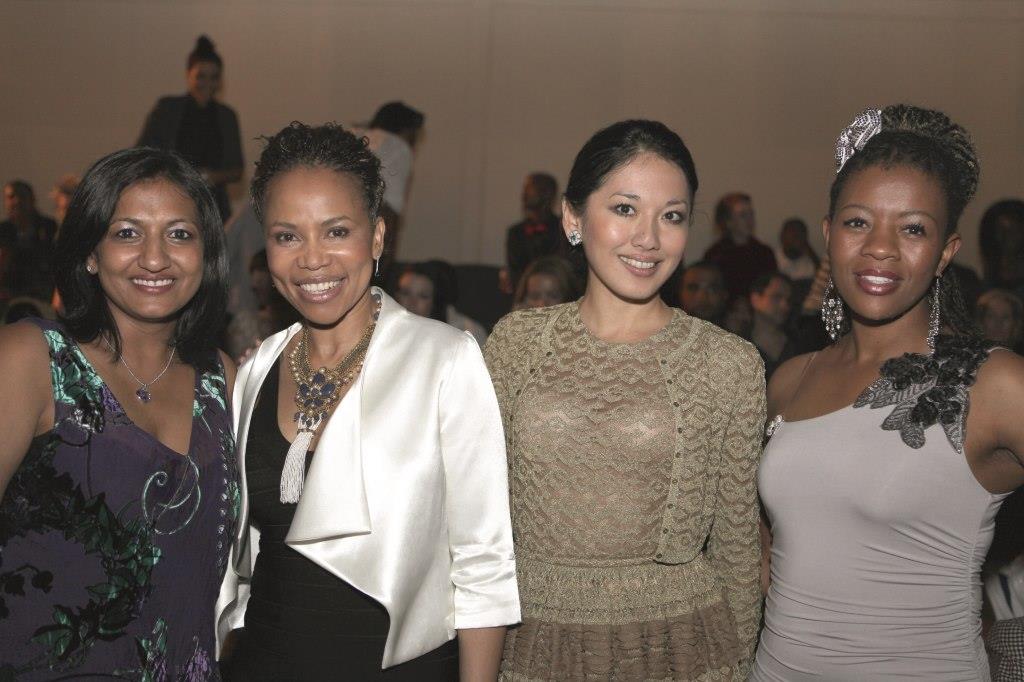As Precious Moloi-Motsepe walks into the restaurant at the plush Michelangelo Towers, in the affluent northern suburbs of Johannesburg, she smiles sweetly while making her way to the table. The waiters are on their marks, but she signals kindly with her eyes that she’s fine—a down-to-earth lady in a peach power suit.

Dr Precious Moloi – Motsepe, chairperson of the African Fashion Week held in Sandton
She chuckles as she says many people ask how she switched from medicine to fashion. A doctor specializing in women’s health, she left her practice to chair a company organizing fashion week shows.
It is merely one leg of a long journey. One of five children, Moloi-Motsepe was born and raised in Soweto, south of Johannesburg; she went to a Catholic school in Rustenburg before studying medicine at Wits University in Johannesburg. This was followed by postgraduate studies in human and reproductive health at the University of Stellenbosch, near Cape Town.
The switch to fashion came after she stopped working to have a baby. At the same time, her family foundation was being established, which contributes largely to education, health and economic opportunities for young people. The foundation was offered a fashion company in Cape Town and Moloi-Motsepe says she soon realised an opportunity was presenting itself in the clothing and textile business—an industry that employs many women.
Loading...
As Moloi-Motsepe had worked in women’s health, this was another opportunity to help women help themselves economically. This heralded the birth of Africa Fashion International (AFI).
“I covered a lot; seeing fashion weeks and the impact they have on the economy of countries. You have media traveling from all over the world going there, you have buyers moving from all over the world to go there—you know it just stimulates growth,” Moloi-Motsepe says.
Africa Fashion Week, held at the Sandton Convention Centre from October 20 to 22 this year, proved to be the biggest yet with more than 20,000 visitors attending the event, as well as the Africa Fashion Trade Expo.
“Fashion in Africa is going places; we have an advantage of a growing population—a billion people on the continent. That’s a big number. The important thing is it should be consumers who are able to buy,” says Moloi-Motsepe.
The good doctor believes there is potential, but admits there are problems along the way, like a shortage of capital, an abundance of cheap imports and poor distribution.
“Cheap imports make it difficult for local designers to compete in the market because our input costs are very high compared to China,” she says.
“I think the best way for us is not to get stuck in competing at that level. Our focus should be on the high design, high quality, high value-added products—I think that will help to maintain sustainability of our industry.”
Loading...
